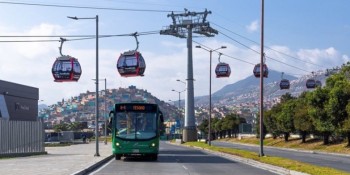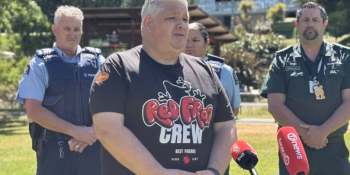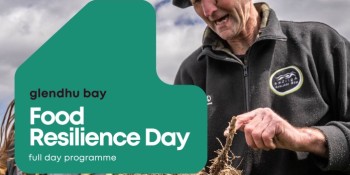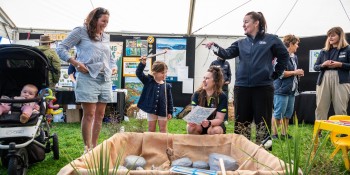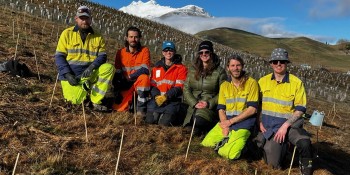Five kea killed by vehicles on Milford road
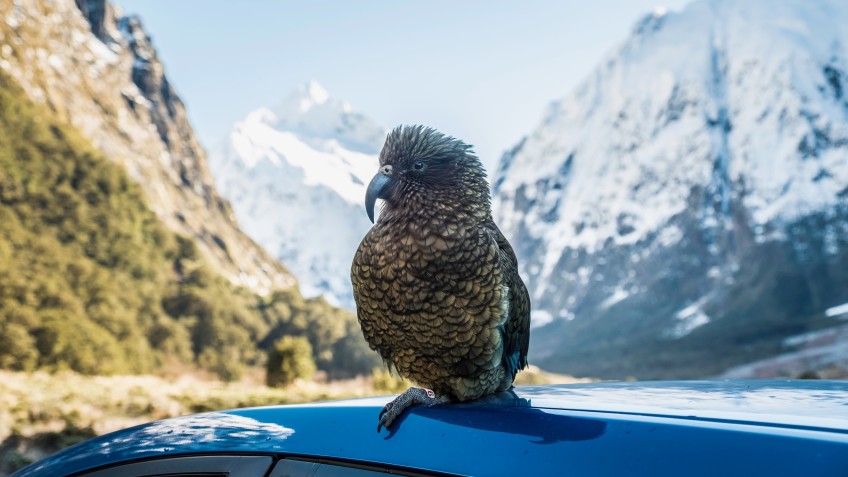
Five kea have died after being hit by vehicles on the road into Milford Sound since April.
It is promoting the Department of Conservation to urge people to stop feeding the birds.
In a written statement, DOC senior ranger biodiversity Lydia McLean says these road deaths are gutting for everyone and can be avoided if people follow simple rules.
“Kea are incredibly charismatic and naturally inquisitive parrots which is why people love seeing them on their journeys so much. However, deliberately enticing them closer by offering them food or other lures is having devastating consequences.
“Not only is human food bad for them but feeding disrupts their natural foraging and draws them towards the road where they are at risk of being run over. Sadly, that is what occurred here.”
The kea were all hit at popular stopping points along the Milford highway.
The first, a juvenile male, was run over at Monkey Creek on April 3, then an adult male was hit at the Homer Tunnel on April 17, witnessed by a DOC staff member.
Another three birds were also killed at Monkey Creek - one, a juvenile, on April 29, and two others, also juveniles, hit at the same time on June 14.
Necropsies carried out on the birds have confirmed blunt force trauma was the cause of death for all five birds, which were otherwise in good health and condition.
Ms McLean says while it’s difficult to stop kea from interacting with vehicles on their own terms due to their inquisitive nature, there are a few simple steps motorists can take to reduce the risk of hitting them.
“Slow down around kea. Take care as you pull away from stopping areas; they don’t move out of the way as fast as you would think, and never drive away if a kea is on your vehicle.
“Remind others that feeding kea is harmful both for their health and because it encourages more scavenging behaviour and leads to more kea on the road and in harm’s way.”
DOC and the Kea Conservation Trust, a Queenstown-based trust supporting the conservation of the birds, are encouraging members of the public to be "kea advocates" and report inappropriate interactions and sightings of people feeding kea so both groups can better understand how to target messaging, Ms McLean says.
“We do what we can to prevent feedings, including having signage at known hot spots that has clear images so it can reach non-English speaking visitors, but it still doesn’t seem to be getting through. If you see something report it to DOC.”
People can also help by logging sightings of kea on sightings database keadatabase.nz.
"Then we can use citizen science to know what the birds are up to around the Milford Road," Ms McLean says.
Main image (Supplied/DOC/Crystal Brindle): A kea on the roof of a car along the Milford road.











